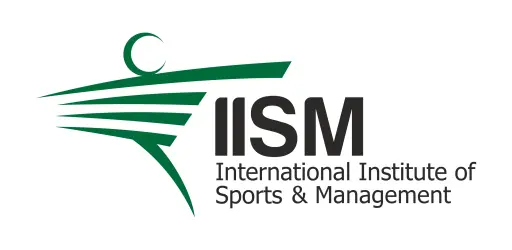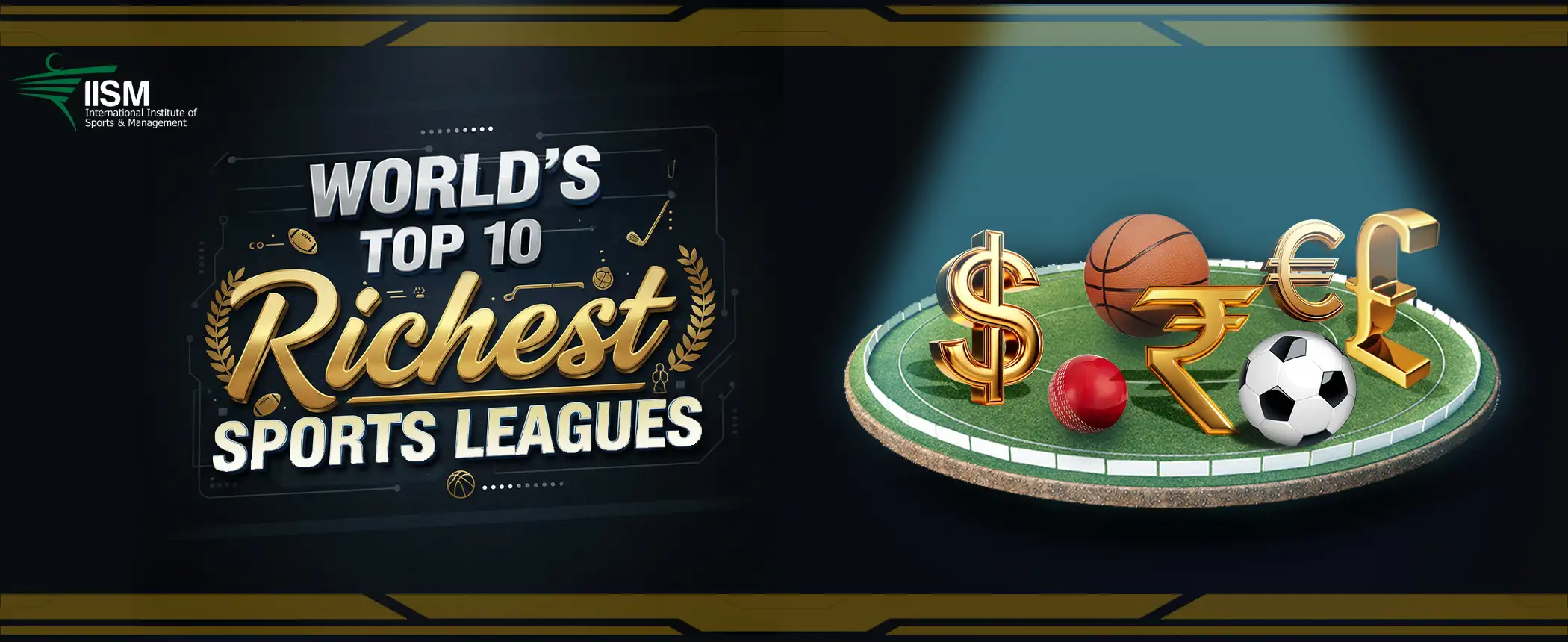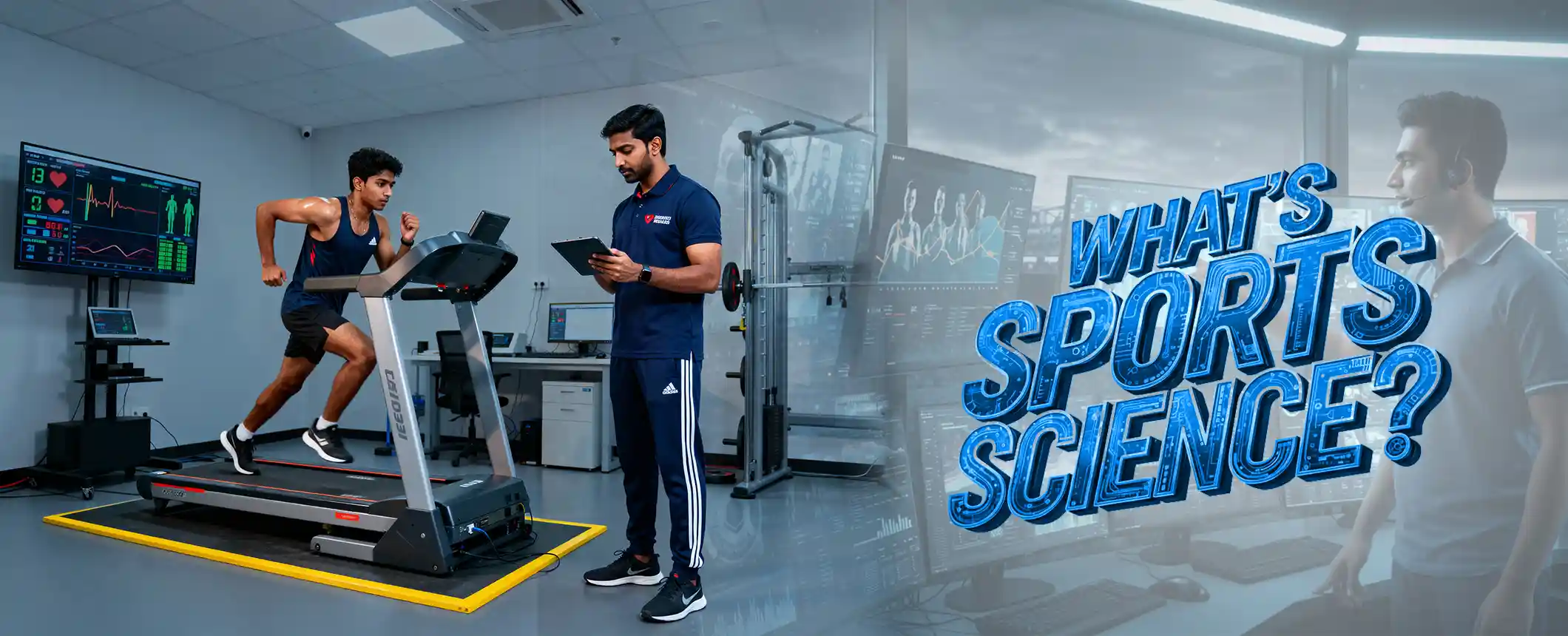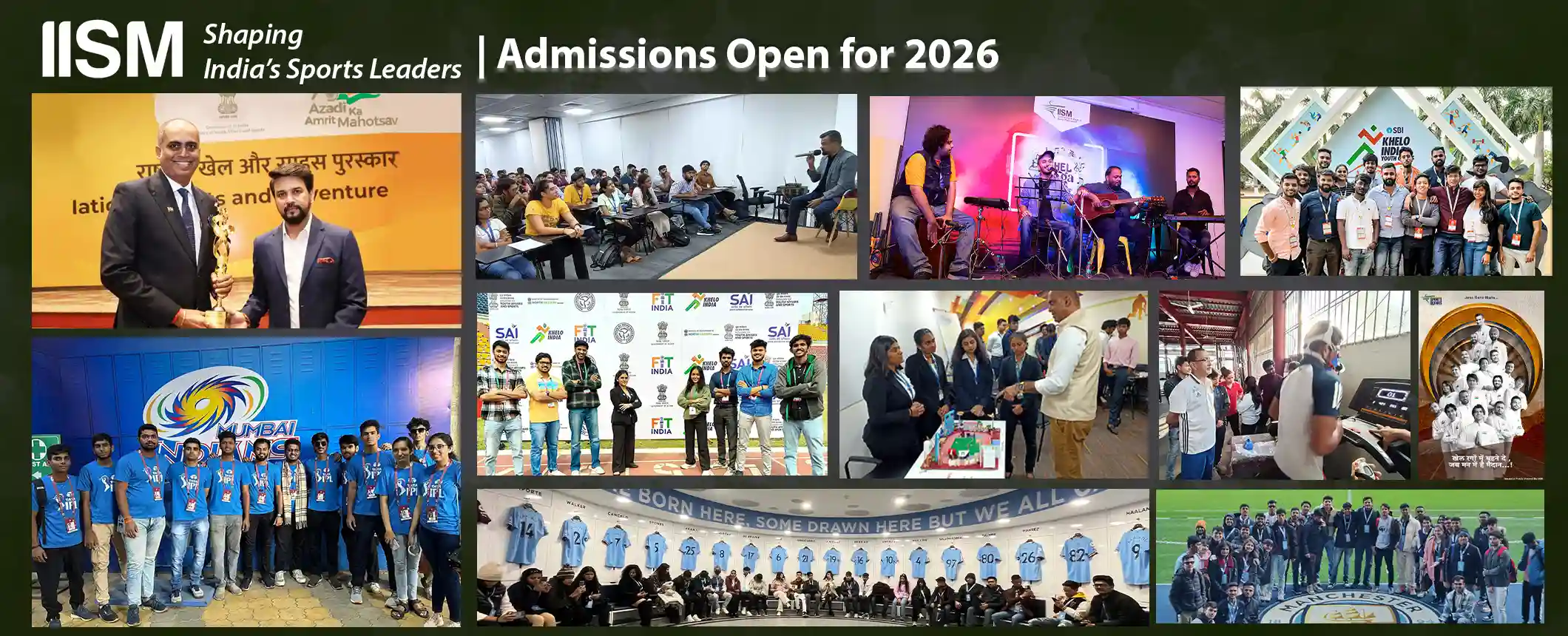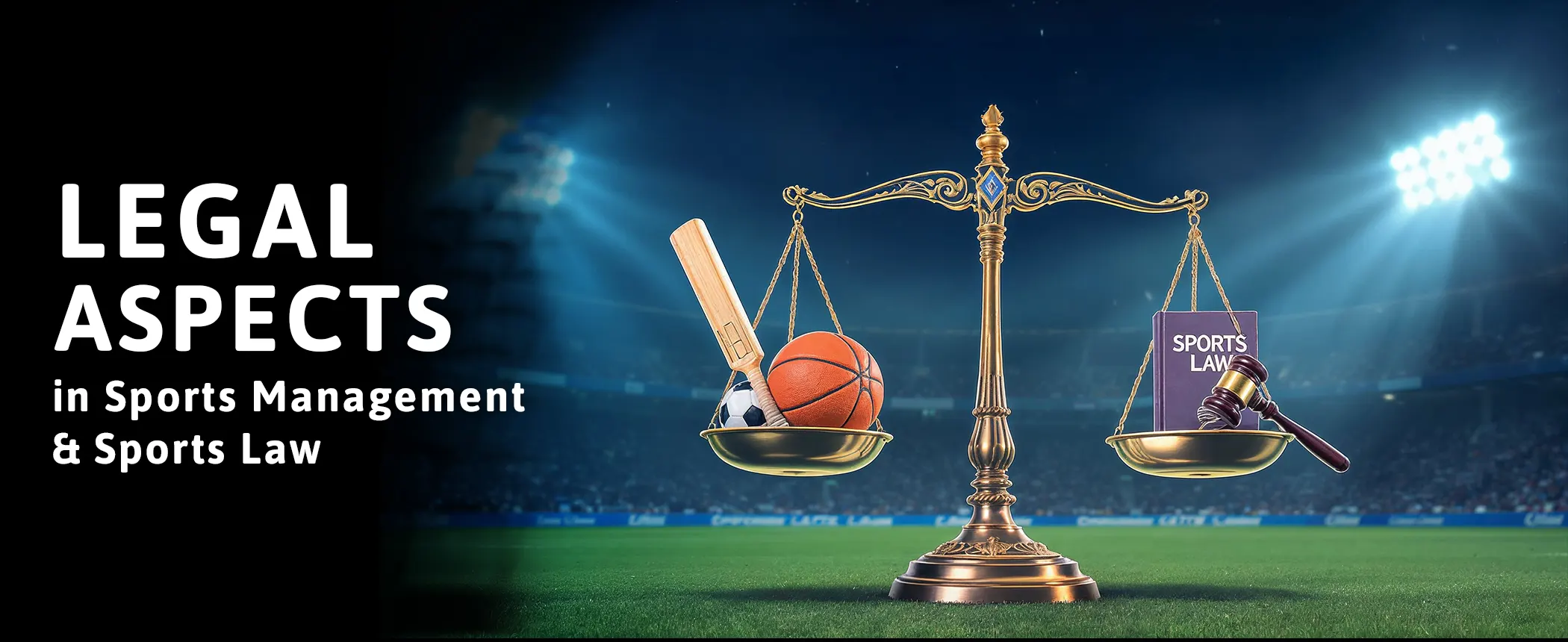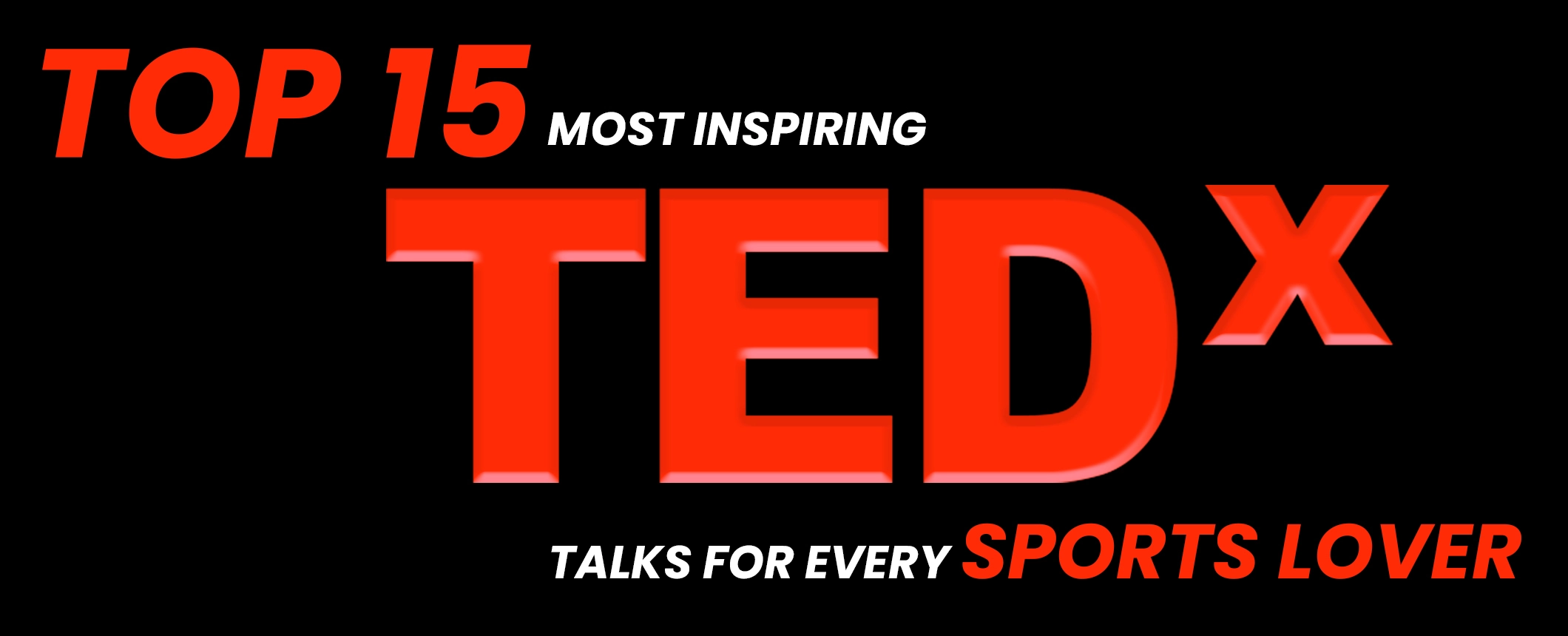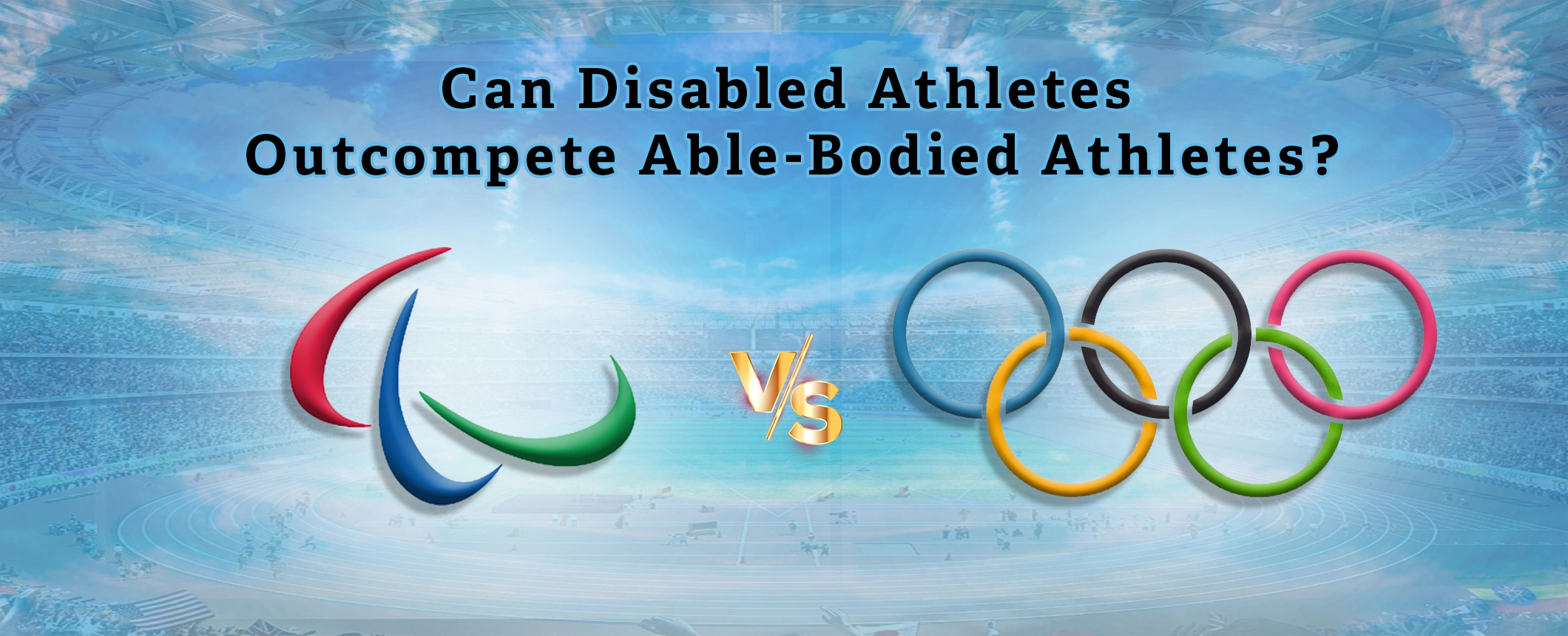National Sports Policy 2025, Simplified
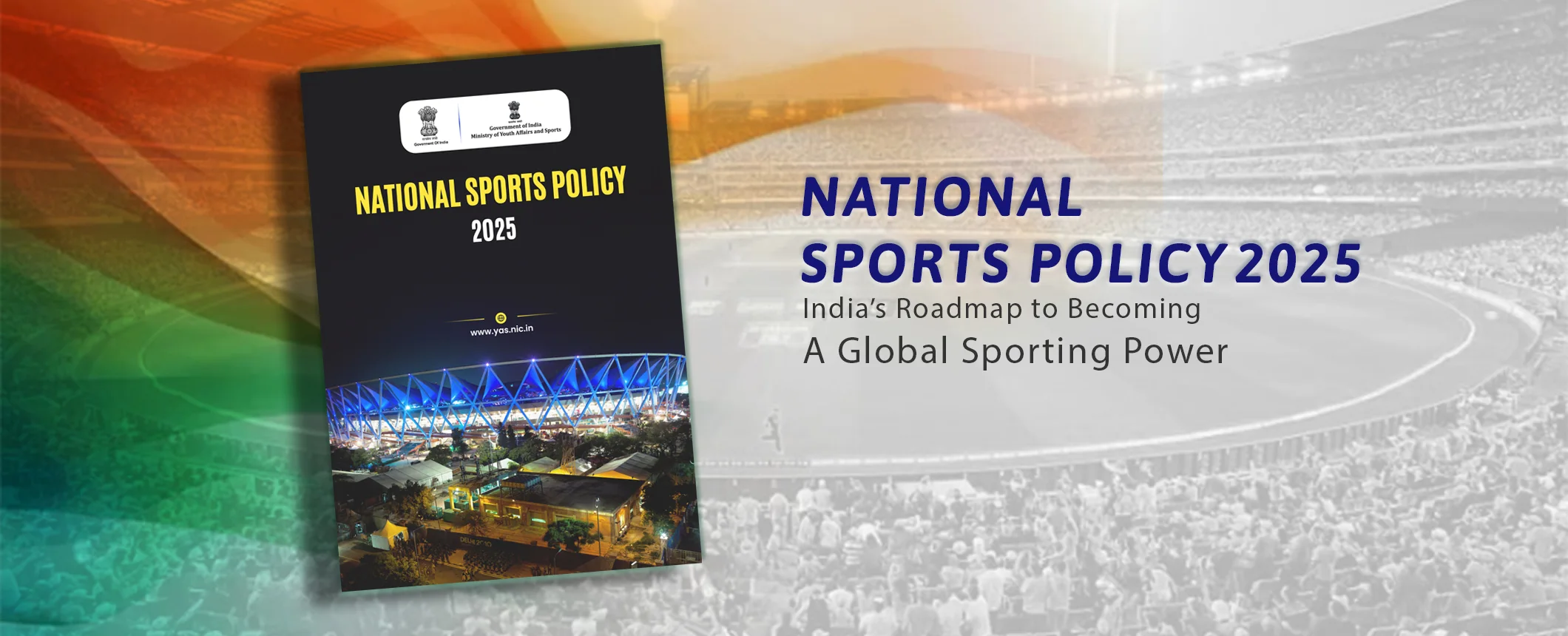
Like never before, India’s sporting power is rising, transforming various facets in the Sports ecosystem. Not just that, the potential of sports drives excellence beyond the sports industry, creating an impact on societal progress and economic growth.
And the Government of India has recognized the powerful potential that sports can bring to the overall well-being of the nation’s citizens.
India’s National Sports Policy 2025 (NSP 2025), approved by the Union Cabinet on July 1st, 2025, presents a transformative roadmap: “Sports for Nation Building”.
It strives to invigorate sports culture from grassroots to global elite, promoting economic growth, social inclusion, health, education, and positioning India as a world sporting power in the future, eyeing hosting the 2036 Olympic Games.
National Sports Policy (NSP) 2025 – Core Objectives:
The policy outlines structured objectives to realize its vision:
- Establish comprehensive sports programs for all levels—from grassroots to elite.
- Organize competitive leagues at community, district, and national levels.
- Impart physical fitness literacy and sporting awareness.
- Develop a strong talent identification and athlete development system.
- Ensure equitable access to sports infrastructure across regions.
- Offer athlete-centric support like coaching, sports science, sports medicine, and welfare.
- Promote sports science, sports medicine, innovation, and research.
- Strengthen governance and institutional frameworks.
- Revamp funding mechanisms for sustainability.
- Encourage sports industries and startups.
- Enable sports as a career pathway, especially for youth.
- Recognize champions and retired athletes through rewards and recruitment.
- Integrate educational institutions as feeder ecosystems.
Five Strategic Pillars Anchoring NSP 2025:
1. Excellence on the Global Stage
India is on a mission to nurture world-class athletes, starting from the grassroots up to Olympic podiums. The policy aims to:
- Spot and support early talent—whether in cities, villages, panchayats, or schools—and guide them through structured local to elite leagues.
- Build high-quality training systems, backed by sports science, expert coaching, nutrition, medicine, and psychology.
- Upgrade the skills of coaches, referees, and support staff, and reform sports federations (NSFs) to function professionally and transparently.
Together, this ensures every promising athlete is supported with world-standard care from day one.
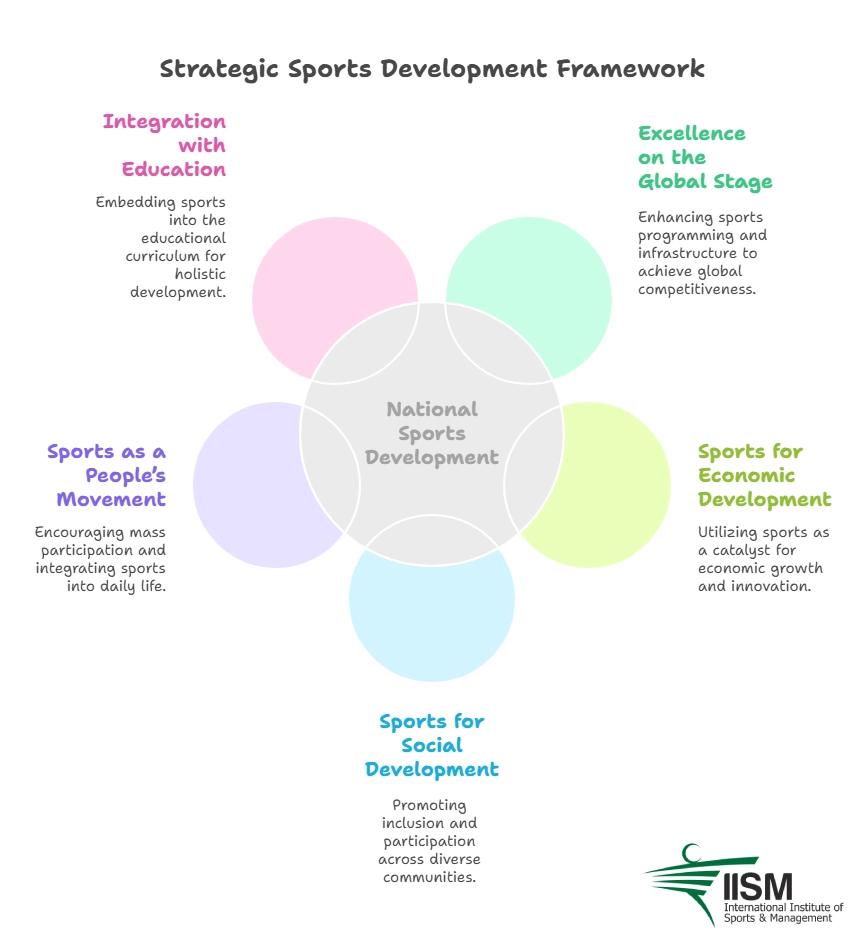
5 Pillars of National sports policy 2025
2. Sports for Economic Development
Sports play a pivotal role in driving economic development. So, promoting economic development through sports includes various measures like tourism, entrepreneurship, manufacturing, etc.
- India is giving a boost to sports tourism, equipment manufacturing, startups, and entrepreneurship through public and private collaboration.
- Programs like “One Corporate–One Sport”, PPPs, and CSR funding are helping build business opportunities in sporting goods, tech, and service sectors.
- Hosting big international events and launching franchise-based leagues is creating jobs and stimulating local economies.
This pillar seeks to turn sports into a vibrant, self-sustaining growth sector.
3. Sports for Social Development:
By leveraging sports as a unifying force, global peace, mutual understanding, and inclusivity can be promoted. Emphasizing these ensures that all individuals, regardless of their background, have equal opportunities to take part in sports leagues and events. This inclusive approach, with efforts further promoting sports careers and educational pathways, creates a path for the development of youth, empowering them to achieve their full potential and contribute to society.
- The policy actively encourages participation from women, tribal and economically disadvantaged communities, and persons with disabilities through targeted outreach programs.
- Traditional and indigenous games are being revived and promoted as community heritage.
- Flexible pathways, mentoring, and dual-career support make sport a viable profession rather than a dream.
This transformative outreach helps sports break social barriers and open new opportunities.
4. Sports as a People’s Movement:
Sports can transform into a powerful people’s movement by addressing pivotal aspects of physical and mental well-being while serving as an entertainment activity. There’s no debate that prioritizing physical health through sports improves overall fitness, reduces healthcare costs, and promotes a healthier lifestyle. Sports also play a significant role in developing mental health. Regular physical activity reduces stress, anxiety, and depression.
- Campaigns like Fit India and community festivals encourage families, schools, and workplaces to adopt fitness as a norm.
- A “fitness index” for educational institutions and offices will encourage healthier lifestyles and friendly competition.
- Public access to inclusive sports infrastructure—from school grounds to open gyms—aims to weave sports deeply into everyday culture.
This pillar turns movement into culture, turning participation into a shared public identity.
5. Integration with Education (Aligned with NEP 2020):
To achieve alignment between the NSP 2025 and the National Education Policy (NEP) 2020, multiple key focus areas will be addressed. To integrate sports and physical education seamlessly into the overall curriculum, a framework and delivery of sports modules for the holistic education program will be facilitated.
- Physical Education is being brought into the mainstream curriculum, with certified training for PE teachers and eco-friendly facilities nationwide.
- Schools and colleges become talent incubators, where sports and classroom learning happen side-by-side.
- Dual-career strategies, flexible policies, and recognition of sports achievements aim to balance academic progress and sporting ambition.
This reconciliation allows every student to pursue both education and athletics without compromise.
Across all five pillars, the vision is simple yet powerful: to empower individuals, transform communities, and reimagine sports not just as a professional ambition but as a source of pride, opportunity, and health.
Implementation Strategy: Union & State Roles
Union Government Responsibilities:
- Develops national policy, regulatory standards, and advisory frameworks.
- Provides operational financing, oversees national federations, and orchestrates major events.
- Drives establishment of a Sports Regulatory Board or National Sports Board to enforce good governance, resolve mismanagement, and enable federation recognition oversight.
- Enables technology-driven implementation: including AI, data analytics, athlete monitoring systems, and a national monitoring framework with KPIs and time-bound targets.
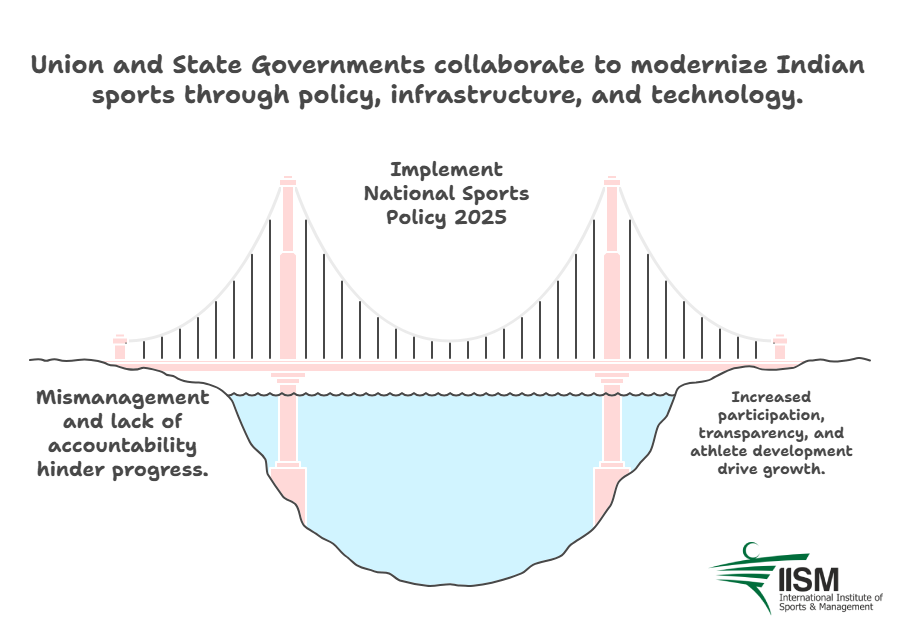
Union & State Roles Infographic
State Government Responsibilities:
- Adopts or adapts the national policy into state-level frameworks (“Model Sports State” or “Model District” initiatives).
- Leads grassroots infrastructure development—block, district, and community facilities.
- Implements sporting programmes, leagues, and talent camps locally.
- Supports training centres like Khelo India State Centres, including Delhi’s six proposed centres under the Khelo India initiatives.
- Co-funds athlete support, oversees state-level KPI tracking, and addresses regional needs.
Governance & Regulation:
The National Sports Governance Bill 2025, introduced in July, is a landmark milestone toward modernizing sports administration in India.
- It brings major bodies like the BCCI under legal oversight—classifying them as public authorities and making them accountable under RTI rules. It also limits executive terms, promotes athlete representation, and mandates fair elections via a National Sports Election Panel.
- NSF affiliations and elections will be regulated by a Sport (Regulatory) Board aligned with the National Code for Good Governance in Sports.
- An inter-ministerial ecosystem will establish safe-sport and ethics protocols, fair grievance redressal, and transparent decision-making mechanisms—ensuring that athletes and stakeholders are protected and heard.
Technology & Innovation
NSP 2025 sees tech as the backbone of delivery and athlete development:
- Government platforms will operate using AI-powered analytics, performance dashboards, and real-time tracking—making schemes, results, and talent metrics visible and efficient.
- New task forces across sports science, medicine, physiotherapy, and performance R&D will drive innovation, expertise, and measurable athlete improvements across levels.
- Ground-level tech adoption is already visible in grassroots domains, like community analytics groups in football using low-cost mobile dashboards to track local talent.
Financial Sustainability
Long-term viability lies in creative funding models:
- Initiatives like “Adopt an Athlete”, “Adopt a District”, and “One PSU One State” enable targeted funding, accountability, and community participation.
- Partnerships via CSR, Public–Private Partnerships (PPP), and emerging sports incubators aim to steward innovative Indian sports enterprises—from equipment-making to tech and tourism.
- Oversight mechanisms are envisioned to monitor fund deployment and outcomes—encouraging clear ROI and stakeholder trust.
Monitoring & Evaluation
To track progress meaningfully:
- A national monitoring framework with defined KPIs, benchmarks, and fixed timelines ensures transparency and consistency across states.
- Both Union and State agencies will contribute data, forming a unified dashboard to assess how well initiatives unfold from grassroots to elite levels.
Spotlight: On-Ground Impact
- Sports manufacturing and startup ecosystems are projected to grow from USD 52 billion today to USD 130 billion by 2030, signaling a major economic shift.
- 13 new multi-city franchise leagues across Olympic and non-Olympic sports are being launched to professionalize sports, strengthen fan engagement, and generate event-based revenue.
- The Khelo India Beach Games, launched at Ghoghla Beach, Diu (May 19–24, 2025), welcomed nearly 1,000 athletes across six beach sports. Madhya Pradesh won multiple medals, spotlighting deepening competition at grassroots levels. Anti-doping awareness programs were run alongside the event.
- In Delhi, six new Khelo India Centres are being developed using existing sports authority infrastructure to nurture young athletes in different disciplines.
Synergy with Education (NEP 2020 Alignment)
Sports and schooling will now go hand-in-hand.
- Physical Education becomes a core academic subject, with certified PE teachers and formal assessments across institutions.
- Schools and colleges increasingly serve as talent incubators, hosting leagues, quiz forums, volunteering programs, and outreach—while encouraging dual-career paths.
- This ecosystem ensures that athletes don’t choose between studies and sport—supporting both dreams simultaneously.
A Unified Roadmap for Transformation
The National Sports Policy 2025 is a visionary blueprint aiming to transform India’s sporting future. Anchored around five strategic pillars, it brings together grassroots development, economic opportunity, social equity, mass engagement, and educational integration.
The coordinated roles of Union and State Governments, structured governance, private sector collaboration, cutting-edge technological frameworks, and measurable performance indicators make NSP 2025 not just a policy—but a comprehensive movement toward sports-driven nation-building.
India aims not only to become a global sporting powerhouse with competitiveness in events such as the 2036 Olympic Games, but also to foster a healthier, more inclusive, and economically empowered society.
Read next – https://iismworld.com/sports-careers-in-india-growth-and-job-opportunities/
